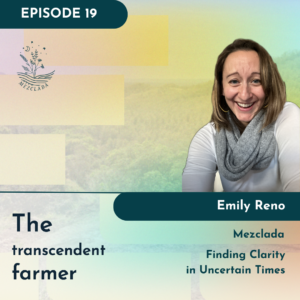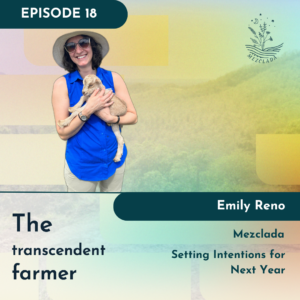“ I think we can farm as a way to undermine the systems that we are living in.” – Nico Estrada, with Not Our Farms
This was a standout to quote that I read today and wanted to share on Day 8 of the 60-day financial fitness challenge. I love thinking about farms as entities that possess much more power and influence than they currently have. Nico Estrada wrote a wonderful article on Not Our Farms, an organization celebrating the stories of farm laborers, about their own experiences in their first farm season. I loved at the end of the article how Nico describes the relationship between farms and systems. We are all part of systems when we farm. Whether we own the land or not. And the power that we have to break down systems through the way that we treat the land is unbelievable.
This brings me to
Today’s task:
Pay yourself first.
This is one that I decided to add to the list today. This is one of the most important lessons that you can learn as someone in the journey of taking charge of their finances. And in the systems that currently dictate our agricultural markets, the value of ‘self-care’ is not very evident. Well I say it should be.
When people in the finance world say ‘pay yourself first’, they’re referring to savings. And in my case, it’s both savings AND taxes.
I deposited a check yesterday, and once it was approved, the first thing I did today was take 35% of the amount and put it directly into savings. This is to account for taxes that I will be paying on a quarterly basis as an entrepreneur. You should know – once you go out on your own, at least in the United States – you are likely to have to file your taxes every three months.
This article from Nerdwallet describes this concept in a bit more detail. They write that “If you earn income as a freelancer, or if you receive certain types of non-wage income, you may need to pay what the IRS calls “estimated quarterly taxes.”
What are other ways that you can pay yourself first?
Create automatic transfers. I have three of these up currently. One for saving towards a new vehicle, one for my yoga teacher training, and one for my car insurance. When I had my previous job (with more income), I automated my investments as well. This is something I’m working towards in the future, likely once I’ve got a steady stream of passive income.
Most bank accounts will let you set these up in the section titled “transfers”. That seems to be a universal title across different accounts that I have.
Pro tip: Make it hard to access your savings by putting it in a separate bank. The transfers take longer and it’s harder to get your money out. 🙂
Use an envelope system. Take cash that you would ordinarily spend on coffee/tea/snacks and put it in an envelope that you put towards your savings goal. Write down what your saving towards on the front of the envelope.
Try a 30-day savings challenge and check off each day on a paper calendar. There’s a ton of examples you can find on Pinterest to make it fun and visually appealing.
Create 2 checking and 2 savings accounts. Have all of your funds that pay your fixed expenses/bills pull from one checking account. Divert a portion of your total income to your savings account. And then use your second checking account for your ‘spending money’ that you have each month. Use the second savings account for bigger investments.
Aside from paying myself first, I had two big takeaways from today.
- The need to add ‘service’ to the graphic I shared on Day 4! This was some great feedback I received from a colleague earlier today who has served as an accountability buddy for almost two years now. When I shared with her the ‘trifecta’ I had created in my head as it relates to this challenge, her feedback was that a big theme of what she heard was ‘giving back’.
- What does it mean to create a working environment where our wellness is truly valued? What does that look like on a daily basis? I had a great conversation with a PhD student today studying farm workers and farm employers and what makes a good working environment for both parties. She manages an apprenticeship program through FairShare CSA. When thinking about our working environment, how does that translate to financial viability in the long-term?
In the workforce development space, for example, we talk a lot about turnover and the costs to the employer. The same thing exists for farmers. When you can’t find farm laborers, or have to hire someone new each year, think of the cost associated with training that new person. You also have to ask yourself the question of why it is that people aren’t coming back? Is it because you’ve designed an experience for students as part of their degree? Or are you actually trying to create positions for folks that they can come back to year after year?
Anyways, that’s all for today. I’m excited to continue on this journey with you. Keep up the great work!




